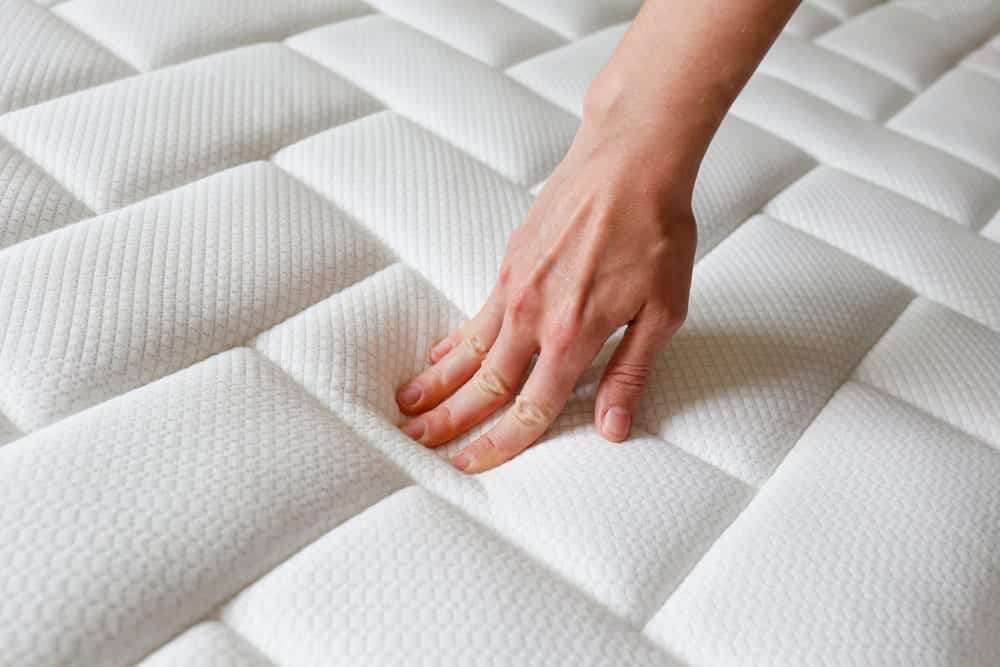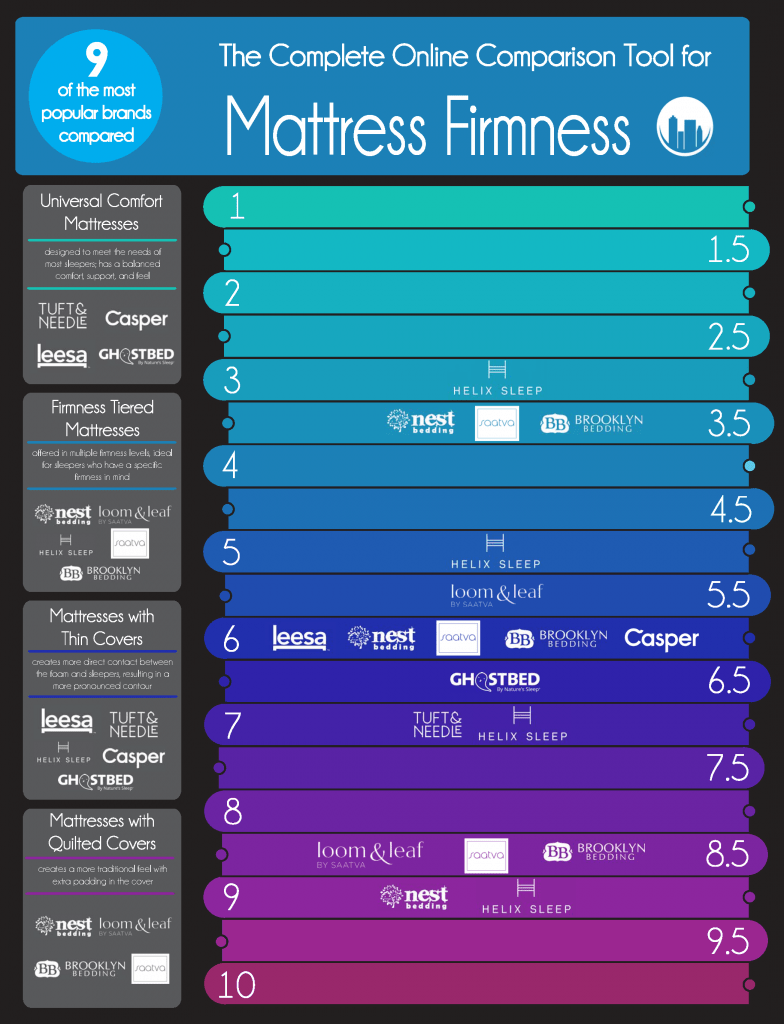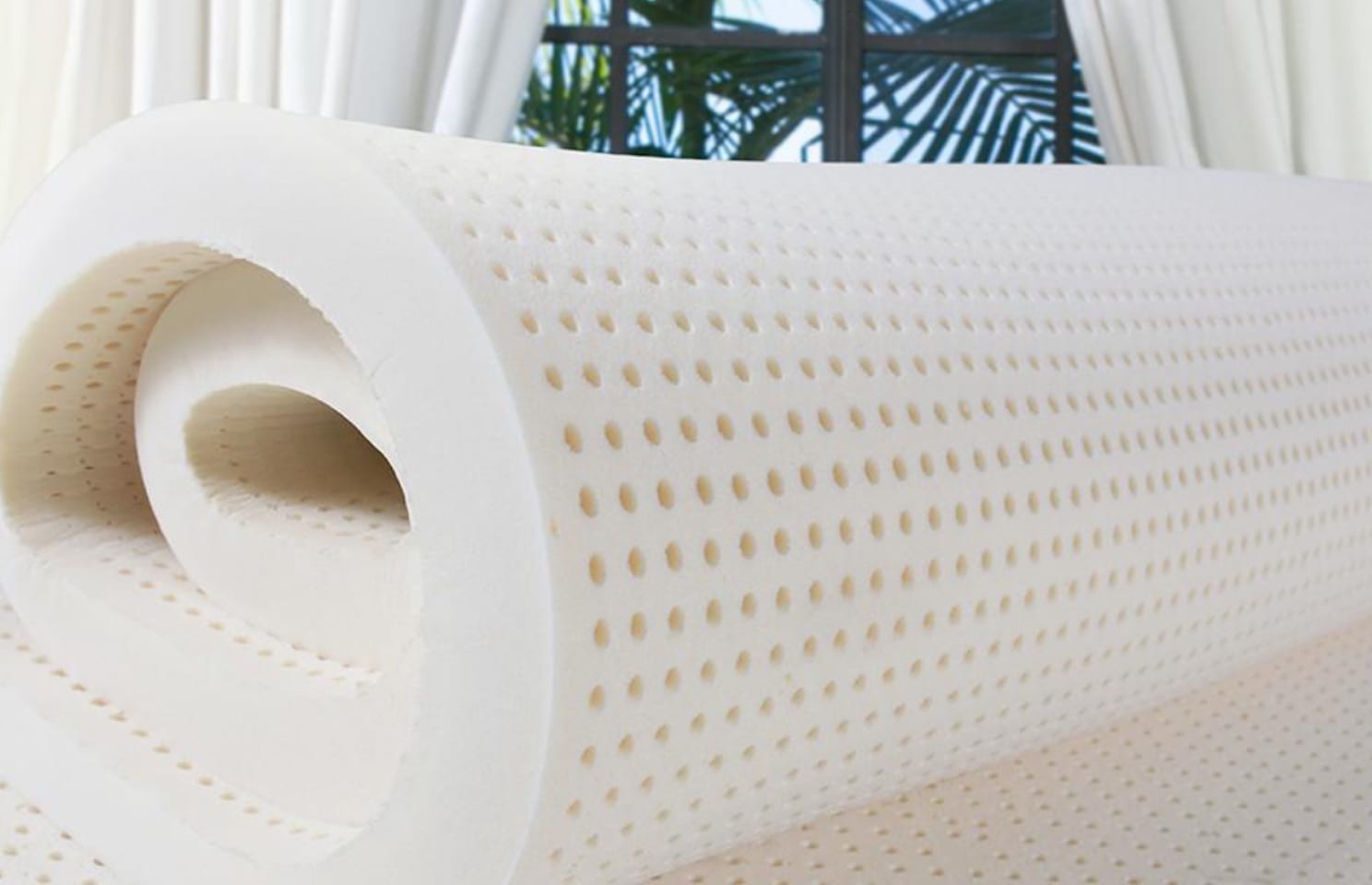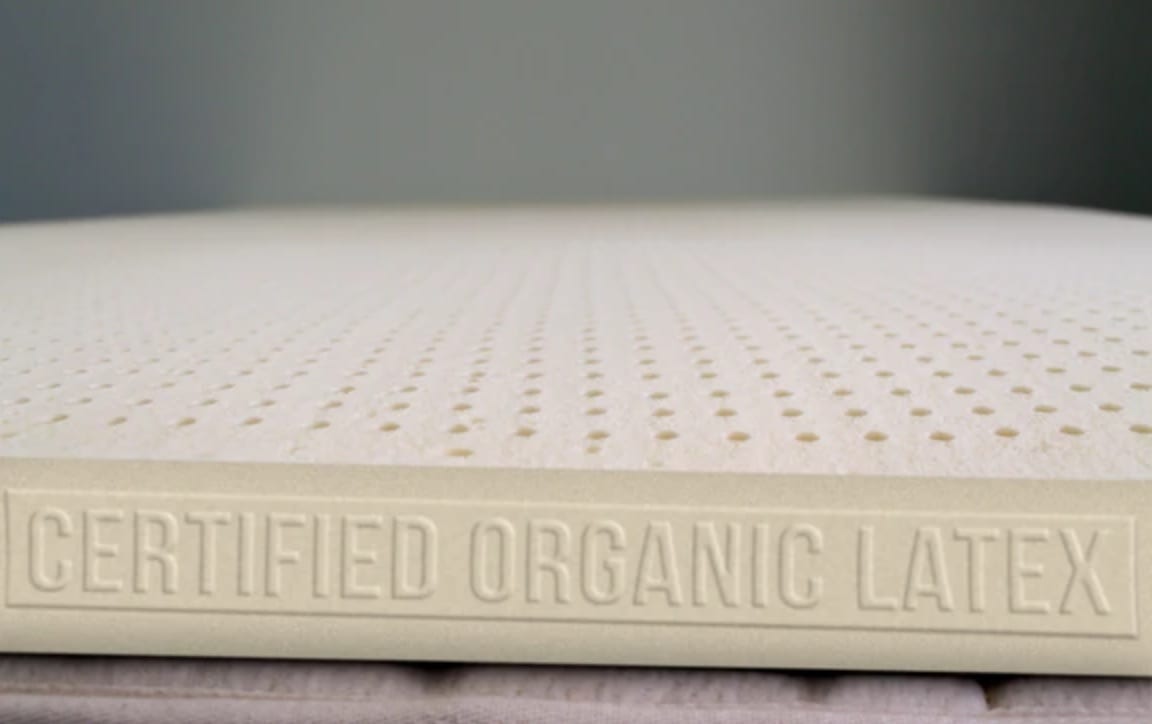1. Understanding Mattress Firmness: What Do the Numbers Mean?
Have you ever been shopping for a new mattress and come across numbers like "firmness level 5" or "medium-soft"? What do these numbers really mean and how do they impact the comfort and support of your mattress? Understanding mattress firmness is crucial in finding the perfect mattress topper for your needs.
Typically, mattress firmness is measured on a scale of 1-10, with 1 being the softest and 10 being the firmest. These numbers represent the level of support and pressure relief that the mattress provides. A higher number indicates a firmer mattress, while a lower number indicates a softer mattress.
When it comes to mattress toppers, the firmness level can make a significant difference in the overall feel and support of your mattress. It is important to understand the numbers and how they relate to your individual needs.
2. How to Choose the Right Mattress Topper Firmness for Your Needs
Choosing the right mattress topper firmness can be a daunting task, especially with so many options available. The key is to consider your personal preferences and any specific needs you may have.
If you prefer a softer mattress, look for a topper with a lower firmness level, such as a 1-3. This will provide a plush and comfortable feel while still providing some support. On the other hand, if you prefer a firmer mattress, look for a topper with a higher firmness level, such as a 7-10. This will provide more support and help alleviate any back pain or discomfort.
It is also important to consider any specific needs you may have, such as back pain or body weight. For those with back pain, a medium-firm to firm topper (5-7) can help provide the necessary support for a comfortable night's sleep. For those with a higher body weight, a firmer topper (8-10) can help prevent sinking and provide proper support.
3. The Importance of Firmness Numbers in Mattress Toppers
While some may overlook the importance of mattress topper firmness numbers, they play a crucial role in the overall comfort and support of your mattress. The right firmness level can make a significant difference in the quality of your sleep and help alleviate any discomfort or pain.
A topper that is too firm can cause pressure points and discomfort, while a topper that is too soft can lead to sinking and lack of support. It is important to find the right balance of firmness to ensure a comfortable and supportive sleep surface.
4. Comparing Mattress Topper Firmness Numbers: Which is Best for You?
When comparing mattress topper firmness numbers, it is important to consider your individual needs and preferences. What may be the best for someone else may not necessarily be the best for you.
For those who prefer a softer feel, a 1-3 firmness level may be the most comfortable. However, for those who need more support, a 5-7 firmness level may be the better option. It is important to try out different firmness levels to determine which one is most suitable for your needs.
5. The Science Behind Mattress Topper Firmness Numbers
There is actually a science behind mattress topper firmness numbers. The level of firmness is determined by the thickness and density of the materials used in the topper.
A topper made with a higher density material will generally have a higher firmness level, while a topper with a lower density material will have a lower firmness level. This is because the density directly affects the level of support and pressure relief that the topper provides.
6. Finding the Perfect Mattress Topper Firmness: Tips and Tricks
When it comes to finding the perfect mattress topper firmness, there are a few tips and tricks that can help make the process easier.
Firstly, consider your individual needs and preferences. Do you prefer a softer or firmer mattress? Do you have any specific needs, such as back pain or body weight, that may impact your choice? These factors can help narrow down your options.
Secondly, research various toppers and read reviews to see what others have experienced with different firmness levels. This can help give you an idea of what to expect and what may work best for you.
Lastly, don't be afraid to test out different firmness levels in person. This can give you the most accurate feel for the topper and help you make an informed decision.
7. Understanding the Different Types of Mattress Topper Firmness Numbers
Not all mattress toppers are created equal, and the same goes for their firmness levels. There are different types of toppers that may have varying firmness numbers.
Memory foam toppers, for example, typically have a medium to medium-firm firmness level (4-6). Latex toppers, on the other hand, tend to have a firmer feel (7-10). It is important to understand the different types of toppers and how they may impact the overall firmness level.
8. How to Use Firmness Numbers to Customize Your Mattress Topper
Firmness numbers can be a useful tool in customizing your mattress topper to your individual needs. If you find that your current mattress is too soft, adding a firmer topper can help provide the necessary support. Similarly, if your mattress is too firm, adding a softer topper can help add some plush comfort.
By understanding your personal preferences and the different firmness levels available, you can use firmness numbers to create the perfect sleep surface for your needs.
9. The Impact of Mattress Topper Firmness Numbers on Sleep Quality
The firmness level of your mattress topper can have a significant impact on the quality of your sleep. A topper that is too soft or too firm can lead to discomfort and affect the overall comfort of your sleep surface.
By finding the right balance of firmness, you can ensure a comfortable and supportive sleep surface, leading to better sleep quality and overall well-being.
10. Exploring the Relationship Between Mattress Topper Firmness Numbers and Back Pain
Back pain is a common issue that many people struggle with, and mattress topper firmness numbers can play a role in alleviating or exacerbating this issue.
A topper that is too soft can cause sinking and put added pressure on the spine, leading to back pain. Conversely, a topper that is too firm can lack adequate support and cause discomfort. It is important to find the right firmness level to ensure proper spinal alignment and alleviate any back pain.
In conclusion, mattress topper firmness numbers are an important factor to consider when looking for the perfect topper for your needs. By understanding these numbers and their impact on comfort and support, you can make an informed decision and create the perfect sleep surface for a restful night's sleep.
Finding the Right Firmness for Your Mattress Topper

Understanding Firmness Numbers
 When it comes to purchasing a mattress topper, one of the most important factors to consider is its firmness level. But what do those numbers actually mean?
Firmness numbers
are a way to measure the level of support and comfort a mattress topper provides. They typically range from 1 to 10, with 1 being the softest and 10 being the firmest.
Main keywords
such as "mattress topper firmness" and "firmness numbers" are often used interchangeably, but it's important to understand the distinction between them.
When it comes to purchasing a mattress topper, one of the most important factors to consider is its firmness level. But what do those numbers actually mean?
Firmness numbers
are a way to measure the level of support and comfort a mattress topper provides. They typically range from 1 to 10, with 1 being the softest and 10 being the firmest.
Main keywords
such as "mattress topper firmness" and "firmness numbers" are often used interchangeably, but it's important to understand the distinction between them.
Importance of Firmness in Sleep Quality
 The firmness of your mattress topper can greatly impact your sleep quality. A
firm
topper provides more support and can be beneficial for those with back pain or other medical conditions. On the other hand, a
soft
topper can provide a plush, cushioned feeling and may be better for those who prefer a more cozy and comfortable sleep experience. It's important to find the right balance between support and comfort for your specific needs.
The firmness of your mattress topper can greatly impact your sleep quality. A
firm
topper provides more support and can be beneficial for those with back pain or other medical conditions. On the other hand, a
soft
topper can provide a plush, cushioned feeling and may be better for those who prefer a more cozy and comfortable sleep experience. It's important to find the right balance between support and comfort for your specific needs.
Finding the Perfect Firmness Level
 There is no one-size-fits-all approach when it comes to
mattress topper firmness
. It ultimately comes down to personal preference and individual needs. One way to determine the right firmness level for you is to consider your sleeping position. Those who sleep on their side may prefer a softer topper, while back and stomach sleepers may benefit from a firmer one.
There is no one-size-fits-all approach when it comes to
mattress topper firmness
. It ultimately comes down to personal preference and individual needs. One way to determine the right firmness level for you is to consider your sleeping position. Those who sleep on their side may prefer a softer topper, while back and stomach sleepers may benefit from a firmer one.
Consider the Materials
 In addition to firmness numbers, the materials used in a mattress topper can also affect its overall firmness. Memory foam toppers tend to be on the softer side, while latex toppers can provide a firmer feel. It's important to research and read reviews on different materials to find the right one for you.
In addition to firmness numbers, the materials used in a mattress topper can also affect its overall firmness. Memory foam toppers tend to be on the softer side, while latex toppers can provide a firmer feel. It's important to research and read reviews on different materials to find the right one for you.
Final Thoughts
 Finding the right
mattress topper firmness
can significantly improve your sleep quality and overall comfort. Remember to consider your personal preferences, sleeping position, and the materials used in the topper when making your decision. By understanding firmness numbers and how they relate to your specific needs, you can find the perfect topper for a good night's sleep.
Finding the right
mattress topper firmness
can significantly improve your sleep quality and overall comfort. Remember to consider your personal preferences, sleeping position, and the materials used in the topper when making your decision. By understanding firmness numbers and how they relate to your specific needs, you can find the perfect topper for a good night's sleep.
















:max_bytes(150000):strip_icc()/SleeponLatex-b287d38f89374e4685ab0522b2fe1929.jpeg)










































/GettyImages-1206150622-1c297aabd4a94f72a2675fc509306457.jpg)












